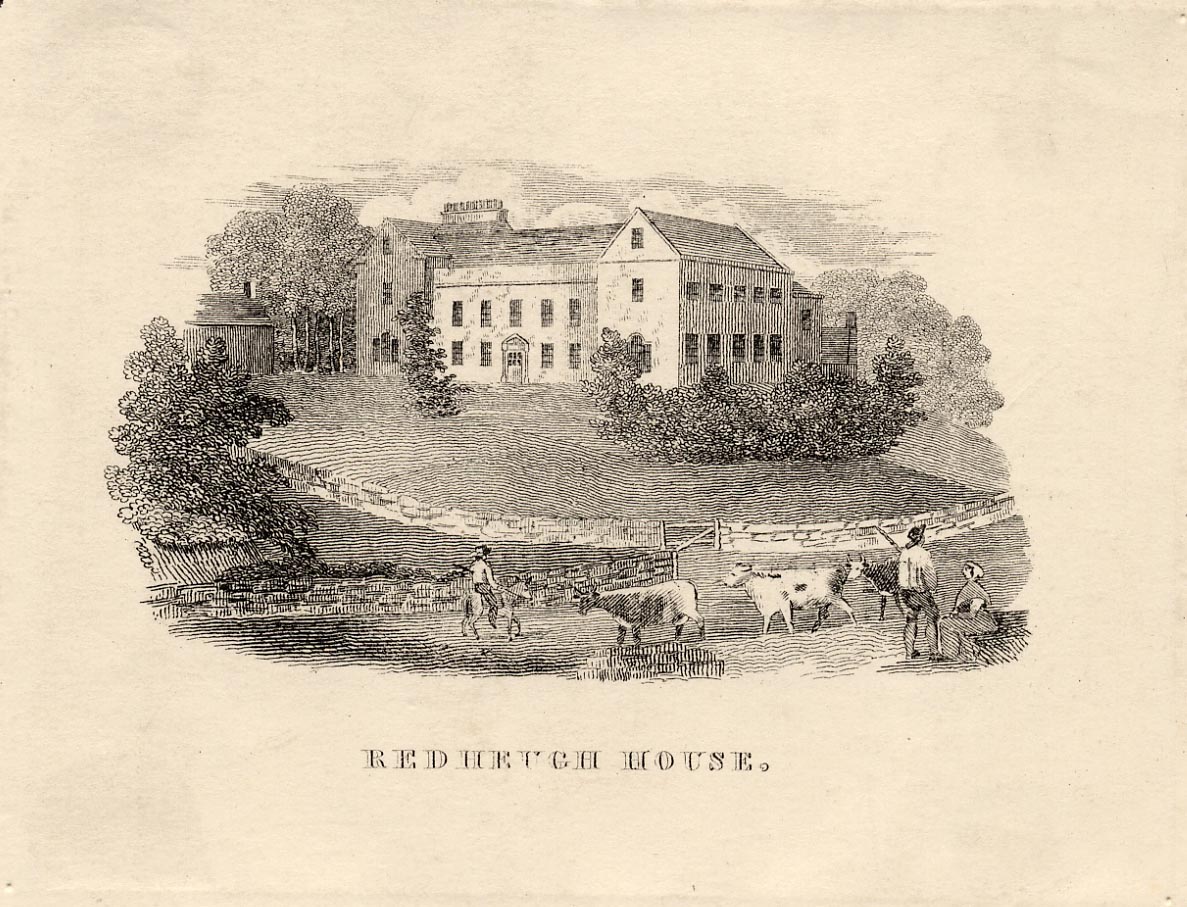
Redheugh Hall
Redheugh Hall
HER Number
6197
District
Gateshead
Site Name
Redheugh Hall
Place
Redheugh
Map Sheet
NZ26SW
Class
Domestic
Site Type: Broad
House
Site Type: Specific
Manor House
General Period
POST MEDIEVAL
Specific Period
Stuart 1603 to 1714
Form of Evidence
Documentary Evidence
Description
The Redheugh estate, held of the Bishop of Durham since the thirteenth century by the Redheugh family. It passed to the Whites, then to the Liddells in 1619 and in 1748 it was bought by Adam Askew, a doctor from Newcastle, for his son Henry. The Askews held the estate until the 1870s, but the house was often tenanted. It was a late seventeenth century house, enlarged in the mid eighteenth century, probably by the Askews, with two wings. A pedimented porch was also added and Venetian windows in the wings. A fine doorcase of c.1760 in the drawing room, with a richly carved cornice supported on consoles, was illustrated in "The Architect" in 1912. The setting of the house was ruined when the Newcastle and Carlisle Railway was built between the house and River Tyne. In 1835 the house was leased to William Cuthbert, glass manufacturer from Newcastle. The Askew family moved south. The railway was moved in 1839 but the estate was put up for sale in 1850 as building plots for villas. It was unsold until 1871 when the Redheugh Bridge opened, increasing access to the site from Newcastle. Much of the land was built on, but the Hall stood empty. In 1912 it was a storehouse, with hay held in the eighteenth century drawing room. Then it was sold to the Redheugh Colliery Company. A fire in 1920 left the Hall roofless. The ruins were demolished in 1936 by the International Voluntary Service for Peace.
Easting
424240
Northing
562780
Grid Reference
NZ424240562780
Sources
P. Meadows and E. Waterson, 1993, Lost Houses of County Durham, p 32